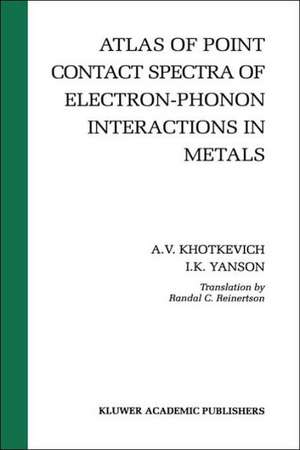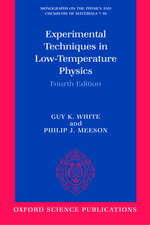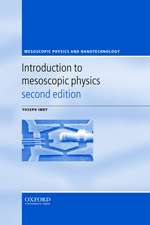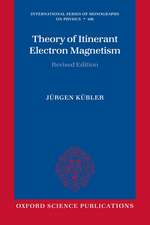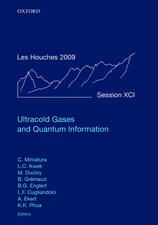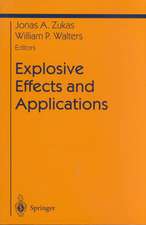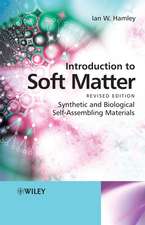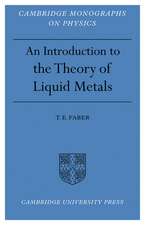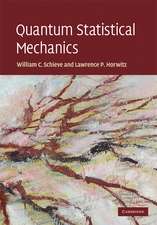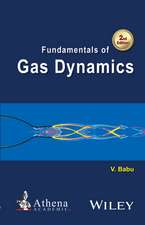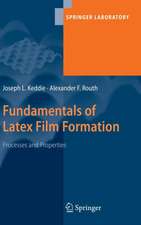Atlas of Point Contact Spectra of Electron-Phonon Interactions in Metals
Autor A.V. Khotkevich Traducere de Randal C. Reinertson Autor Igor K. Yansonen Limba Engleză Hardback – 29 noi 1994
| Toate formatele și edițiile | Preț | Express |
|---|---|---|
| Paperback (1) | 938.51 lei 6-8 săpt. | |
| Springer Us – 22 feb 2014 | 938.51 lei 6-8 săpt. | |
| Hardback (1) | 944.51 lei 6-8 săpt. | |
| Springer Us – 29 noi 1994 | 944.51 lei 6-8 săpt. |
Preț: 944.51 lei
Preț vechi: 1151.84 lei
-18% Nou
Puncte Express: 1417
Preț estimativ în valută:
180.79€ • 196.44$ • 151.96£
180.79€ • 196.44$ • 151.96£
Carte tipărită la comandă
Livrare economică 21 aprilie-05 mai
Preluare comenzi: 021 569.72.76
Specificații
ISBN-13: 9780792395263
ISBN-10: 0792395263
Pagini: 151
Ilustrații: XIII, 151 p.
Dimensiuni: 155 x 235 x 11 mm
Greutate: 0.42 kg
Ediția:1995
Editura: Springer Us
Colecția Springer
Locul publicării:New York, NY, United States
ISBN-10: 0792395263
Pagini: 151
Ilustrații: XIII, 151 p.
Dimensiuni: 155 x 235 x 11 mm
Greutate: 0.42 kg
Ediția:1995
Editura: Springer Us
Colecția Springer
Locul publicării:New York, NY, United States
Public țintă
ResearchDescriere
The characteristics of electrical contacts have long attracted the attention of researchers since these contacts are used in every electrical and electronic device. Earlier studies generally considered electrical contacts of large dimensions, having regions of current concentration with diameters substantially larger than the characteristic dimensions of the material: the interatomic distance, the mean free path for electrons, the coherence length in the superconducting state, etc. [110]. The development of microelectronics presented to scientists and engineers the task of studying the characteristics of electrical contacts with ultra-small dimensions. Characteristics of point contacts such as mechanical stability under continuous current loads, the magnitudes of electrical fluctuations, inherent sensitivity in radio devices and nonlinear characteristics in connection with electromagnetic radiation can not be understood and altered in the required way without knowledge of the physical processes occurring in contacts. Until recently it was thought that the electrical conductivity of contacts with direct conductance (without tunneling or semiconducting barriers) obeyed Ohm's law. Nonlinearities of the current-voltage characteristics were explained by joule heating of the metal in the region of the contact. However, studies of the current-voltage characteristics of metallic point contacts at low (liquid helium) temperatures [142] showed that heating effects were negligible in many cases and the nonlinear characteristics under these conditions were observed to take the form of the energy dependent probability of inelastic electron scattering, induced by various mechanisms.
Cuprins
Preface. Abbreviations and Basic Symbols. 1: The Method of Point Contact Spectroscopy. 1.1. Models of Point Contacts. 1.2. Regimes of Electron Transport through a Constriction. 1.3. Resistance at Zero Bias. 1.4. Nonequilibrium Electron Distribution Functions. 1.5. Principal Theoretical Relationships. 1.6. The Electron-Phonon Interaction Point Contact Functions. 1.7. Heterocontacts. 1.8. Two-Phonon Processes. 1.9. Comparison of Electron-Phonon Interaction Point Contact Functions to Related Functions. 1.10. Background. 1.11. Point Contact Spectroscopy of Non-Phonon Excitations. 1.12. Methods of Forming Point Contacts. 1.13. Quality Criteria. 1.14. Modulation Methods for Measuring Derivatives of the Current-Voltage Characteristics. 1.15. Modulation Broadening of Spectral Lines. 1.16. Block Diagram of a Spectrometer. 1.17. The Procedure for Reconstruction of the Electron-Phonon Interaction Point Contact from Measured Characteristics. 1.18. Pseudopotential Calculations of the Electron-Phonon Interaction Point Contact Functions. 1.19. Methods for Determining the Electron-Phonon Interaction Functions and the Phonon Density of States. 2: Point Contact Spectra, Electron-Phonon Interaction Functions, and the Phonon Density of States in Metals. 2.1. Lithium. 2.2. Sodium. 2.3. Potassium. 2.4. Copper. 2.5. Silver. 2.6. Gold. 2.7. Beryllium. 2.8. Magnesium. 2.9. Zinc. 2.10. Cadmium. 2.11. Aluminum. 2.12. Gallium. 2.13. Indium. 2.14. Thallium. 2.15. Tin. 2.16. Lead. 2.17. Vanadium. 2.18. Niobium. 2.19. Tantalum. 2.20. Molybdenum. 2.21. Tungsten. 2.22. Technetium. 2.23. Rhenium. 2.24. Iron. 2.25. Cobalt. 2.26. Nickel. 2.27. Palladium. 2.28. Osmium. 2.29. Gadolinium. 2.30. Terbium. 2.31. Holmium. References. Subject Index.
